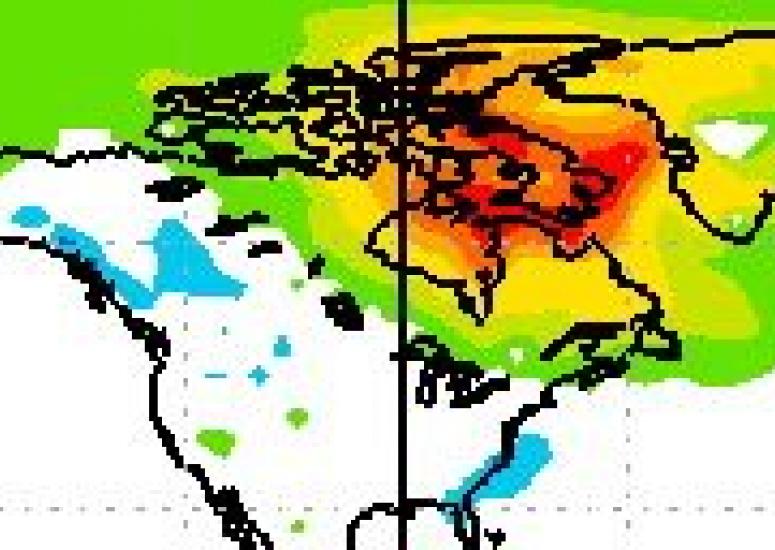-
Geoengineering could lead to cooler tropics
Geoengineering our climate system to ward off the effects of global warming may end up cooling the tropics to below present-day levels.
- Climate
-

Cold comfort: Canada's record-smashing mildness
In December 2010, media dutifully reported the heavy snow that battered the northeast U.S. and the United Kingdom’s coldest December in at least 100 years. Meanwhile, the sparsely populated Canadian Arctic basked in near-unprecedented mildness.
-

Earth’s hot past could be prologue to future climate
The magnitude of climate change millions of years ago suggests that future temperatures may increase far more than projected.
- Climate
